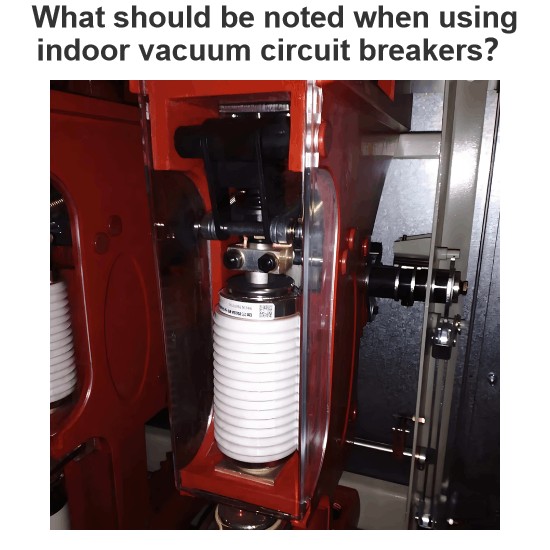What type of devices are relays? Are they mechanical or electronic?
Types and working principles of relays
A relay is a control device that can control the on-off of other circuits based on changes in the input signal (usually current or voltage). In modern technology, relays are mainly divided into two types: mechanical relays and electronic relays.
Mechanical relay
Mechanical relays are an early development, which uses mechanical principles to achieve switching functions. This type of relay usually includes a manually operated device that controls the on-off of the circuit by changing the position of the active contact to the positioning reference. The electrical control part of a mechanical relay uses electromagnetic forces to operate mechanical components, such as armature and contact springs, to switch circuits1.
Electronic relay
Electronic relays have emerged with the advancement of electronic technology, which uses electronic components such as semiconductors, transistors, etc., to control the on-off of current. Electronic relays have no mechanical moving parts, which gives them advantages in terms of longevity, switching speed, silence, and energy efficiency. They are suitable for applications that require fast response and high reliability.
Conclusion
To sum up, relays can be either mechanical or electronic, depending on their design and application needs. In modern industrial production, electronic relays are more common because of their high efficiency, low maintenance cost and fast response. However, mechanical relays still have an irreplaceable place in some specific fields, such as applications requiring high shock resistance or resistance to harsh environments.
The Electricity Encyclopedia is dedicated to accelerating the dissemination and application of electricity knowledge and adding impetus to the development and innovation of the electricity industry.













